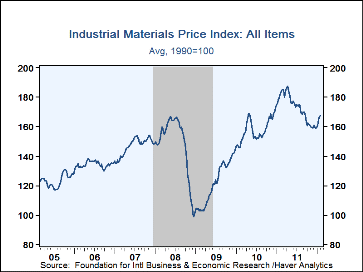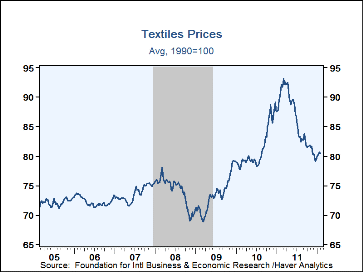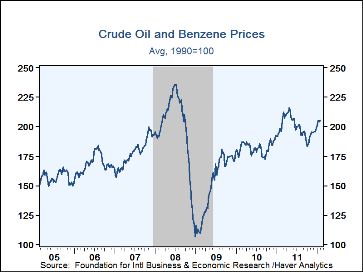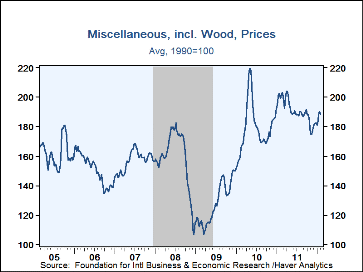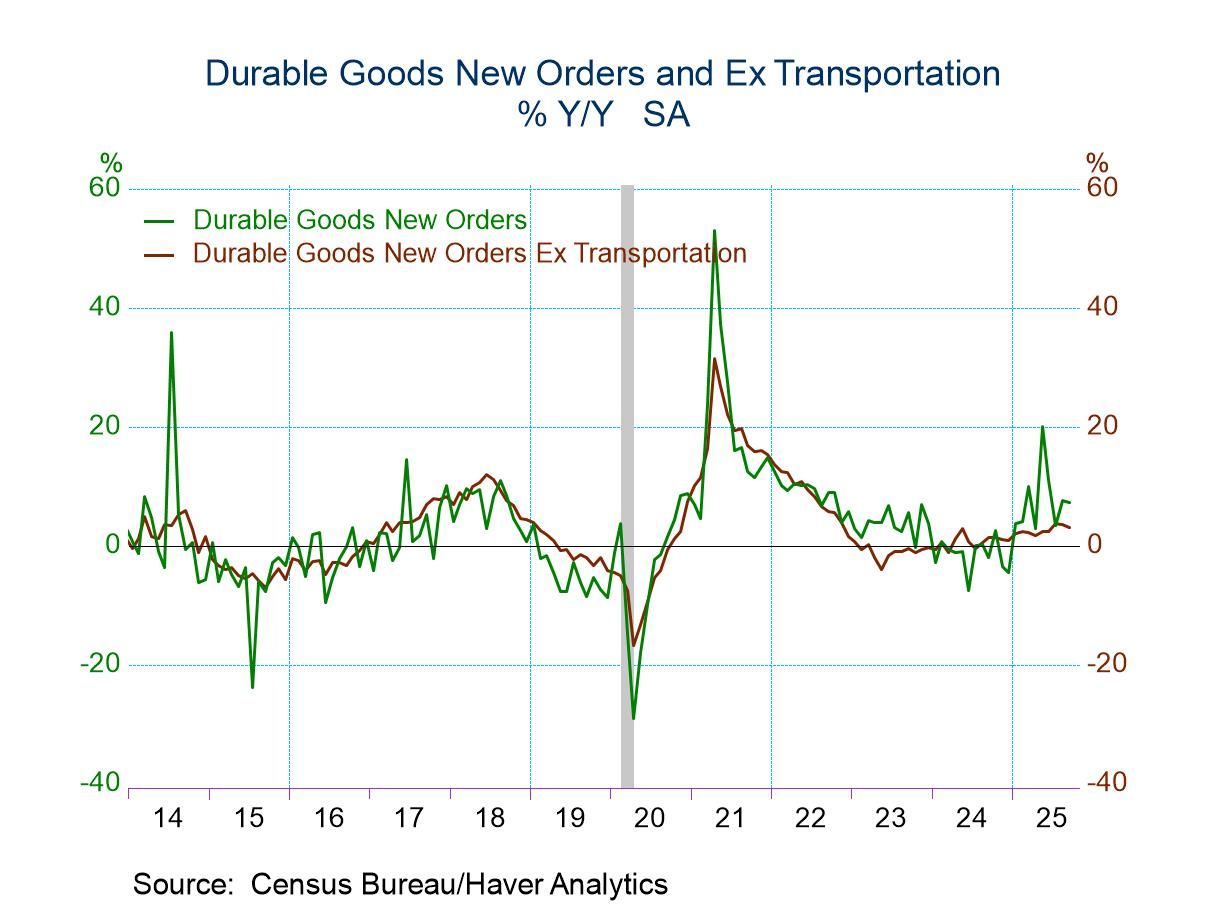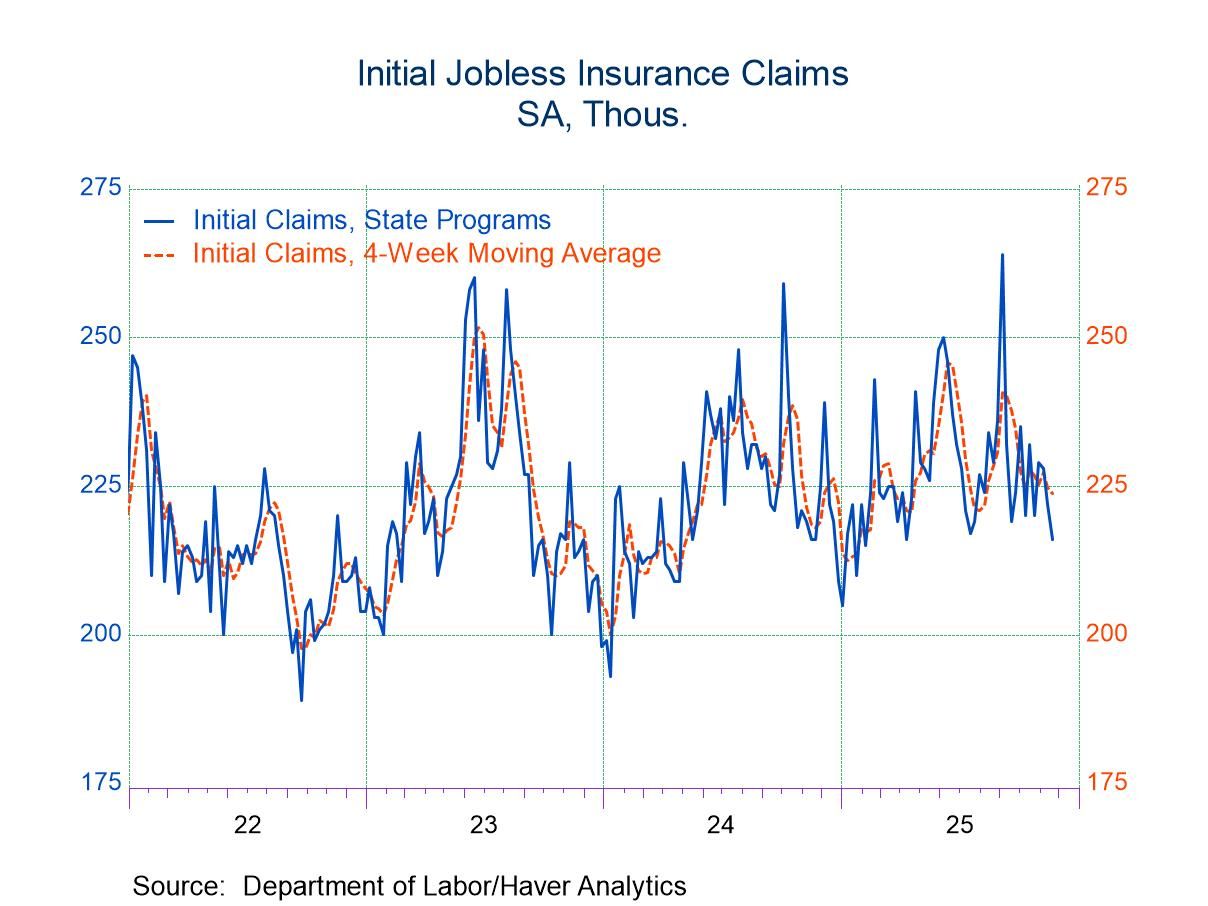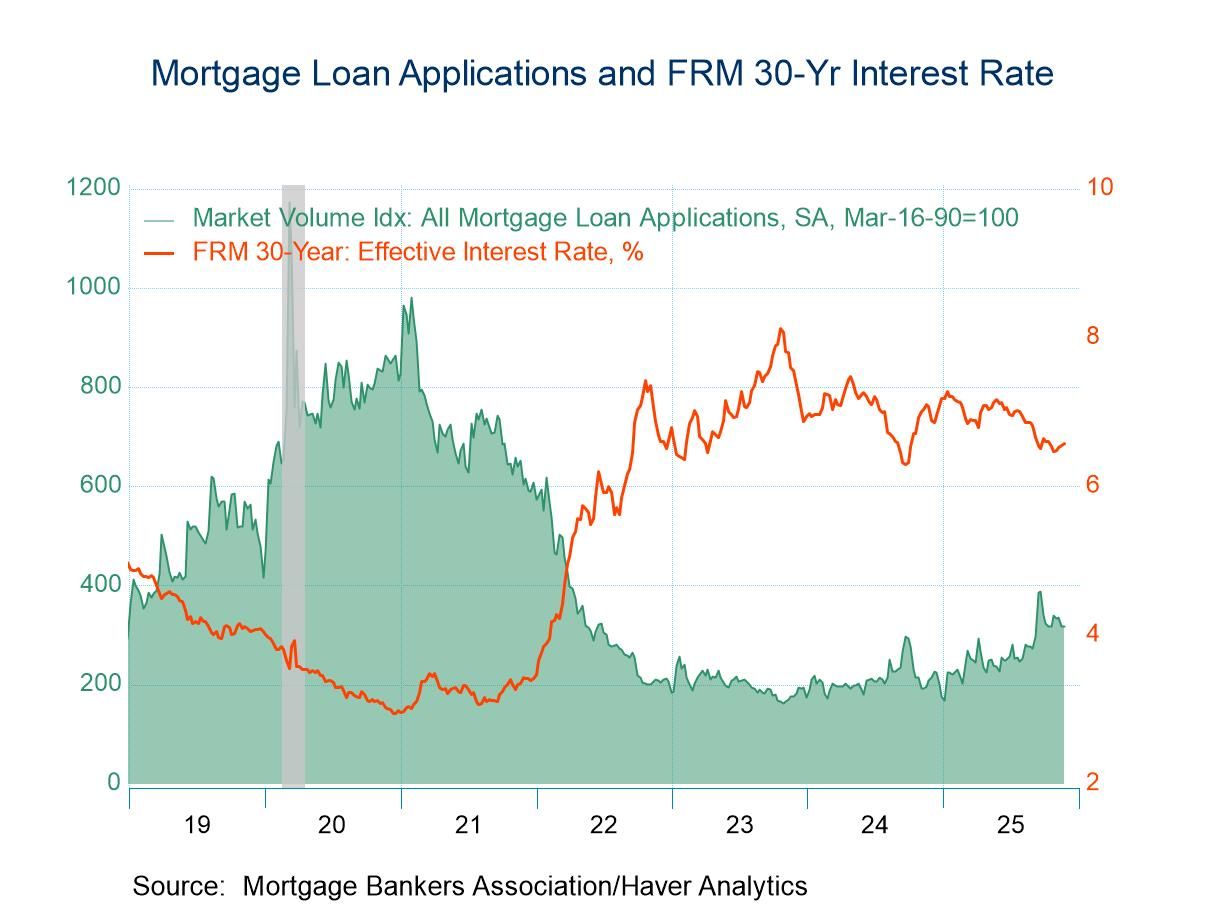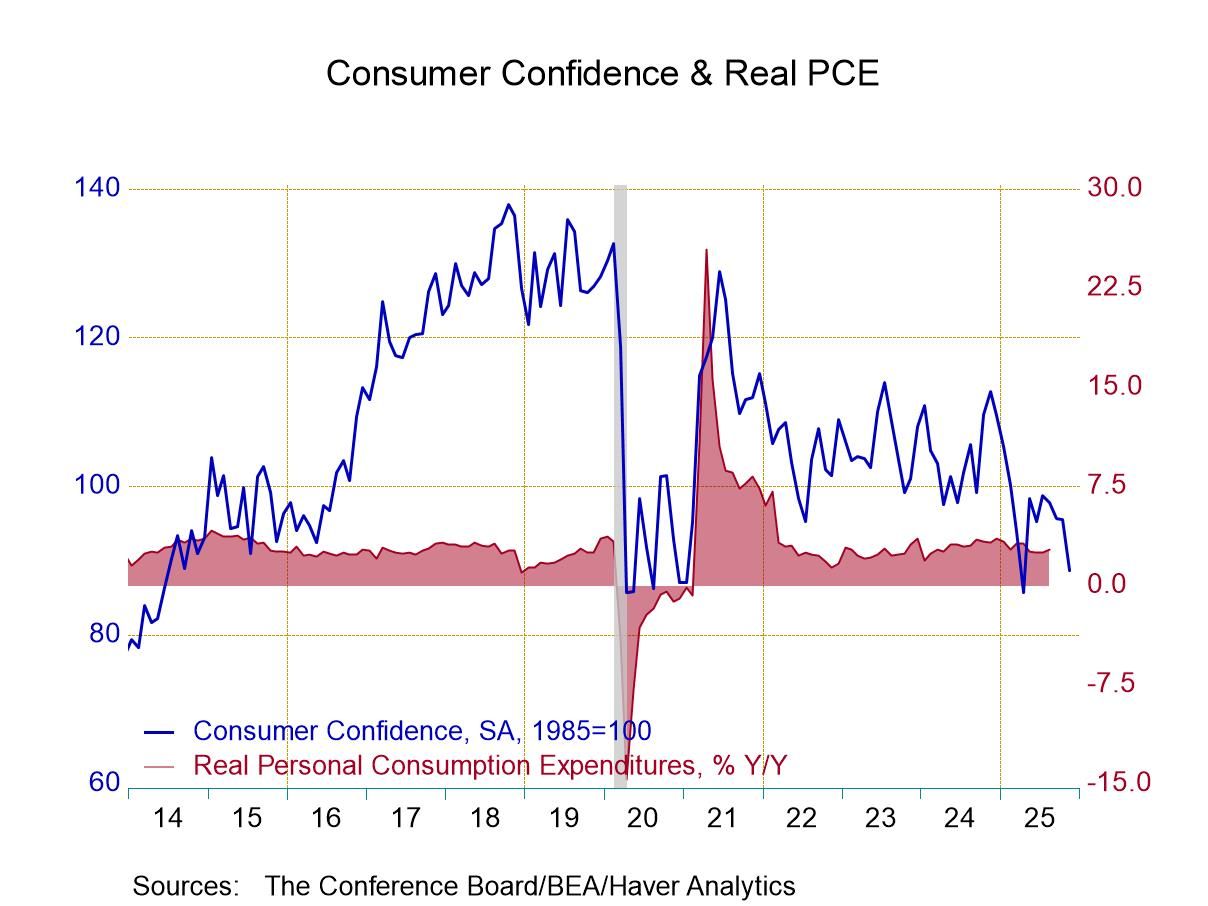 Global| Feb 06 2012
Global| Feb 06 2012FIBER: Industrial Commodity Prices Show Moderate Improvement
by:Tom Moeller
|in:Economy in Brief
Summary
Industrial commodity prices recently have risen with evidence that manufacturing sector activity is strengthening. At 167.6, the latest price index from the Foundation for International Business and Economic Research (FIBER) was 5.7% [...]
Industrial commodity prices recently have risen with evidence that
manufacturing sector activity is strengthening.
At 167.6, the latest price index from the Foundation for International
Business and Economic Research (FIBER) was 5.7% higher than its December
low. There's been improvement in certain metals, crude oil and wood
prices. During the last ten years there has
been a 44% correlation between the three-month change in prices and the
change in factory sector industrial production.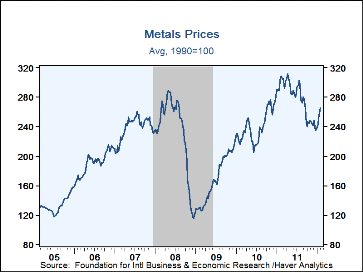
In the textile group cotton prices have bottomed following a decline early last year when prices halved. Burlap, used as a reinforcing material, prices also have improved moderately, following a near-halving early last year. Additionally, metals prices have improved moderately led by copper scrap and aluminum. Here again these gains follow extreme weakness early last year. Steel scrap and other metals, however, either recently have shown limited strength or moved sideways.
Prices in the crude oil & benzene group have improved led by higher prices for WTI crude. Crude oil costs recently have ranged just under $100 per barrel versus the autumn lows near $80. In the miscellaneous group, lumber prices also have bounced with the stabilization of home building activity. Framing lumber and plywood prices have risen roughly 15% after collapsing early in 2010. Natural rubber prices have similarly bounced.
Commodity price data can be found in Haver's DAILY, WEEKLY, USECON and CMDTY databases.
A Theory of Asset Price Booms and Busts and the Uncertain Return to Innovation from the Federal Reserve Bank of Philadelphia is available here.
| FIBER Industrial Materials Price Index (1990=100) | 02/03/12 | Y/Y % | 2011 | 2010 | 2009 |
|---|---|---|---|---|---|
| All Items | 167.6 | -8.6 | 172.9 | 157.7 | 121.4 |
| Textiles | 80.5 | -10.8 | 86.1 | 81.2 | 73.3 |
| Cotton (cents per pound) | 86.7 | -47.2 | 132.6 | 87.8 | 52.2 |
| Metals | 262.7 | -14.0 | 278.5 | 239.9 | 167.9 |
| Aluminum ($ per metric ton) | 2,200.0 | -12.5 | 2,400 | 2,172 | 1,662 |
| Copper Scrap (cents per pound) | 378.3 | -16.2 | 400.1 | 326.5 | 195.2 |
| Steel Scrap ($ per ton) | 401.7 | -7.1 | 412.4 | 325.7 | 203.4 |
| Crude Oil & Benzene | 204.8 | 3.2 | 199.3 | 182.0 | 150.9 |
| Crude Oil (WTI, $ per Barrel) | 96.4 | 5.4 | 95.1 | 79.5 | 61.4 |
| Miscellaneous | 188.1 | -6.5 | 190.5 | 178.8 | 127.6 |
| Framing Lumber ($ per 1000 board ft.) | 284 | -6.3 | 273 | 282 | 221 |
| Natural Rubber (cents per pound) | 231.5 | -27.0 | 261.8 | 181.8 | 83.0 |
FIBER is the Foundation for International Business & Economic Research
Tom Moeller
AuthorMore in Author Profile »Prior to joining Haver Analytics in 2000, Mr. Moeller worked as the Economist at Chancellor Capital Management from 1985 to 1999. There, he developed comprehensive economic forecasts and interpreted economic data for equity and fixed income portfolio managers. Also at Chancellor, Mr. Moeller worked as an equity analyst and was responsible for researching and rating companies in the economically sensitive automobile and housing industries for investment in Chancellor’s equity portfolio. Prior to joining Chancellor, Mr. Moeller was an Economist at Citibank from 1979 to 1984. He also analyzed pricing behavior in the metals industry for the Council on Wage and Price Stability in Washington, D.C. In 1999, Mr. Moeller received the award for most accurate forecast from the Forecasters' Club of New York. From 1990 to 1992 he was President of the New York Association for Business Economists. Mr. Moeller earned an M.B.A. in Finance from Fordham University, where he graduated in 1987. He holds a Bachelor of Arts in Economics from George Washington University.


